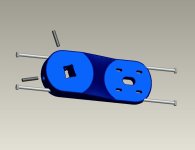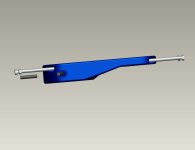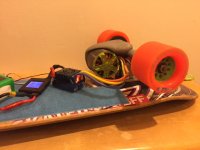3D printed motor mounts seem to be quite failure prone, but maybe we can reinforce them with metal bolts to make for a relatively cheap mount alternative? What do you think? I'm not really sure what the common modes of failure are, but maybe we can overcome the challenges.
My gut says set screws are probably a better way of fastening plastic trucks than the more typical clamping style since the mounting area will be a single, solid part instead of having a cut run through it?
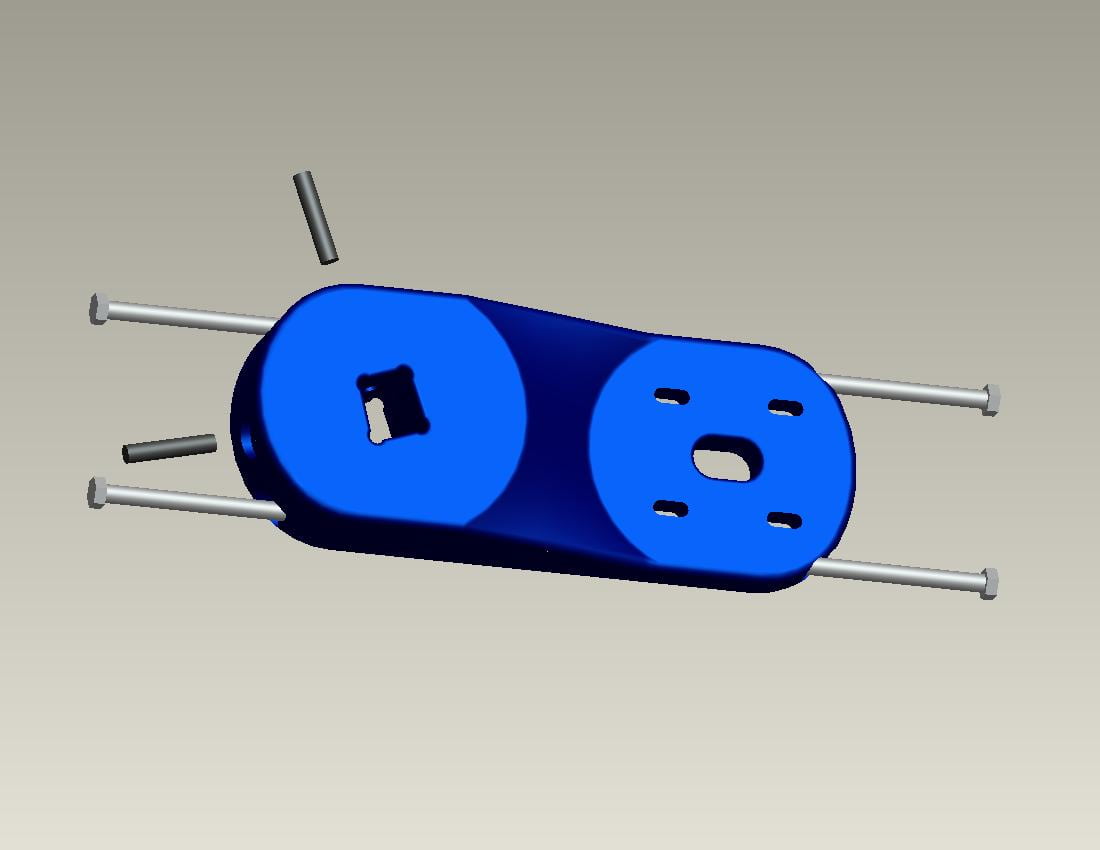
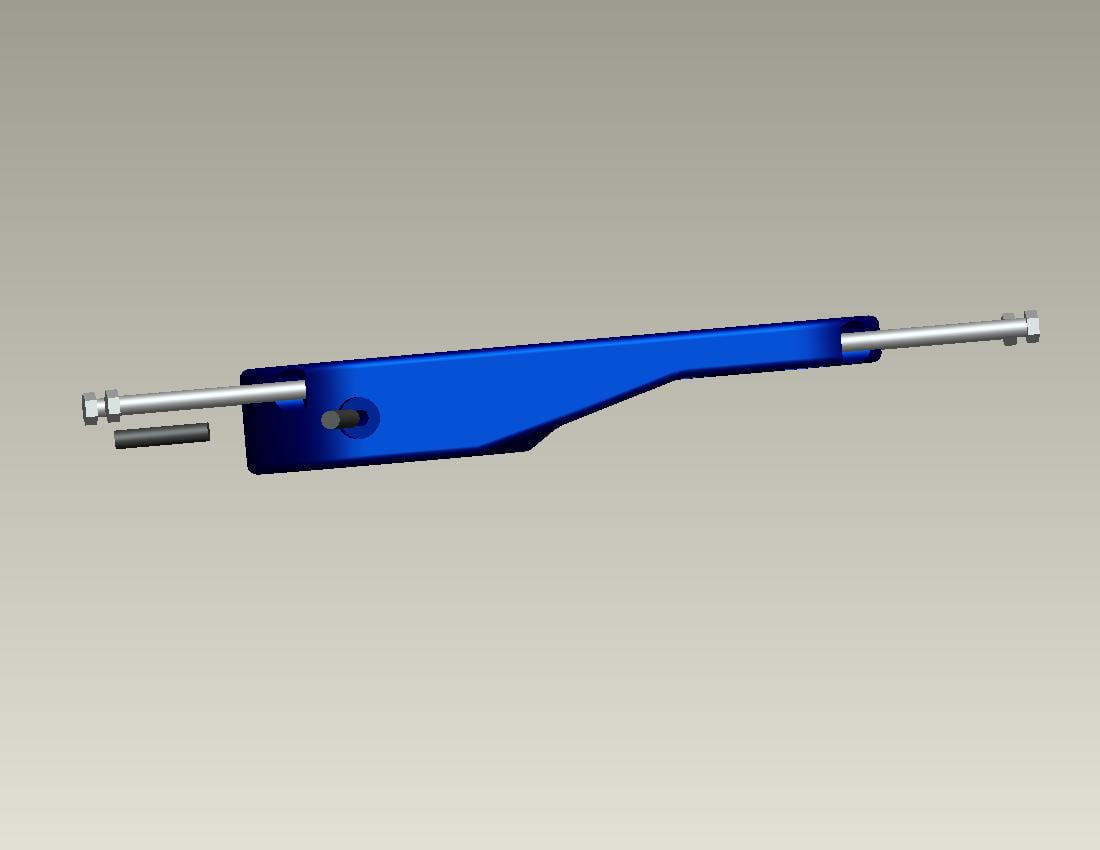
My gut says set screws are probably a better way of fastening plastic trucks than the more typical clamping style since the mounting area will be a single, solid part instead of having a cut run through it?


